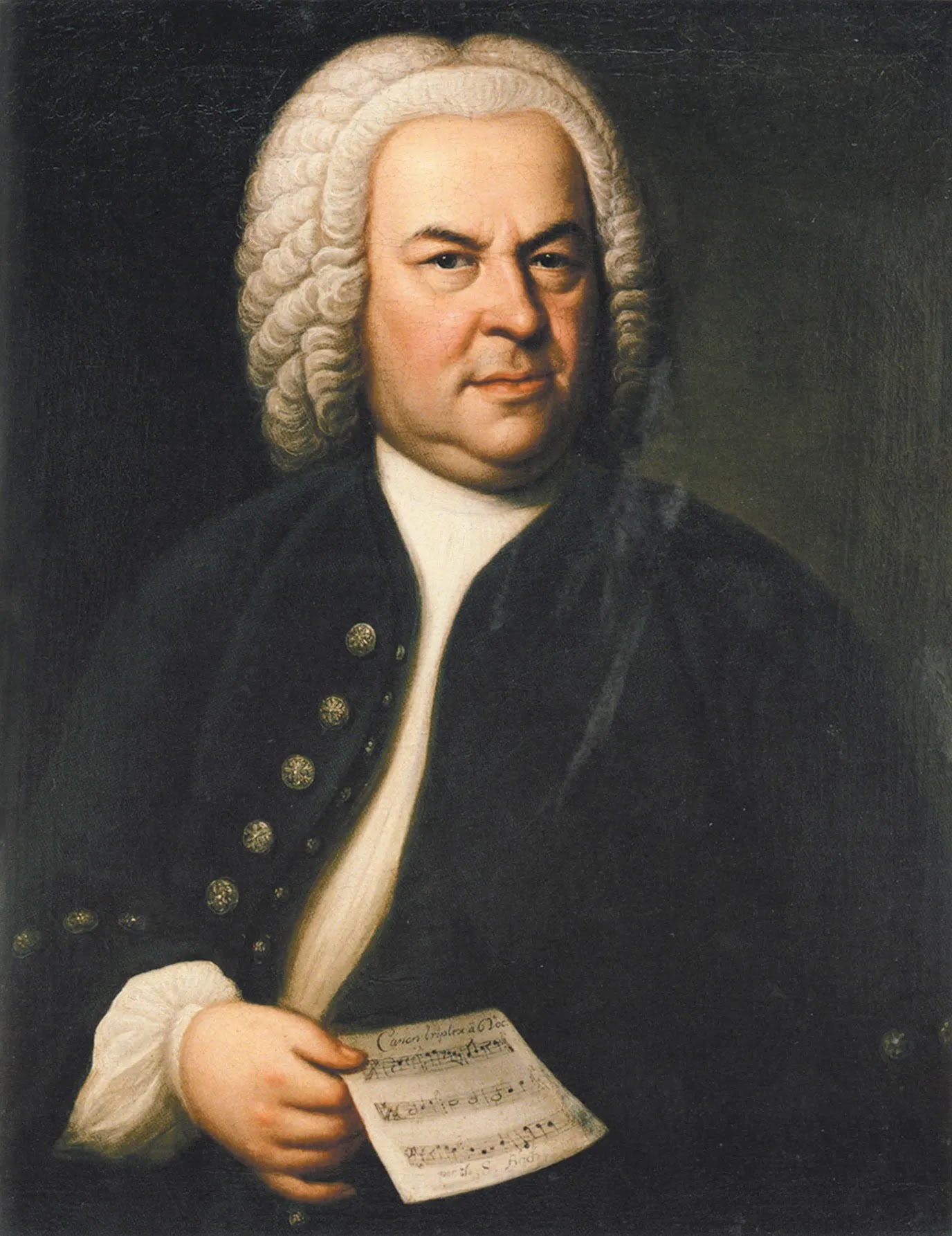The Prelude and Fugue in C major, BWV 846, is a keyboard composition written by German composer and musician of the late Baroque period Johann Sebastian Bach (1685-1750).
It is the first prelude and fugue in the first book of The Well-Tempered Clavier, a series of 48 preludes and fugues by the composer.
An early version of the prelude, BWV 846A, is found in the Klavierbüchlein für Wilhelm Friedemann Bach.
Francis Sydney Muschamp (British, 1851-1929) | A musical interlude
Prelude
The prelude is 35 bars long and consists mostly of broken chords.
Fugue
The fugue is 27 bars long and is written for four voices.
It starts with a two-measure subject in the alto voice.
The first voice to join is the soprano, which replies with the answer in the dominant key (G major).
The answer is repeated in the tenor and bass voices when they enter.
The soprano then repeats the subject, to which the tenor answers in the dominant, modulating to G minor and then to G.
The piece then continues with each of the four voices restating the subject multiple times throughout, modulating to various related keys.
A four-voice canon is formed in bars 14-15.
The fugue then culminates with a four-bar long forming of the tonic triad.
Frederick Vezin
Il Preludio e Fuga in do maggiore BWV 846, è una composizione per tastiera scritta dal compositore e musicista Tedesco del periodo Barocco, Johann Sebastian Bach (1685-1750) nel 1722.
Johann Sebastian Bach (aged 61) in a portrait by Elias Gottlob Haussmann, second version of his 1746 canvas
Si tratta del primo preludio e fuga del primo libro de Il clavicembalo ben temperato (titolo originale in tedesco: Das wohltemperierte Clavier, oder Praeludia, und Fugen durch alle Tone und Semitonia...), una raccolta di 48 preludi e fughe del compositore.
Il lavoro è il più famoso dell'intera raccolta, reso tale dall'intervento di Charles Gounod, il quale pensò la melodia della sua celebre Ave Maria sovrapposta al Preludio No. 1, nella versione modificata da Christian F. G. Schwencke (con l'aggiunta di una battuta tra la 22 e la 23).


